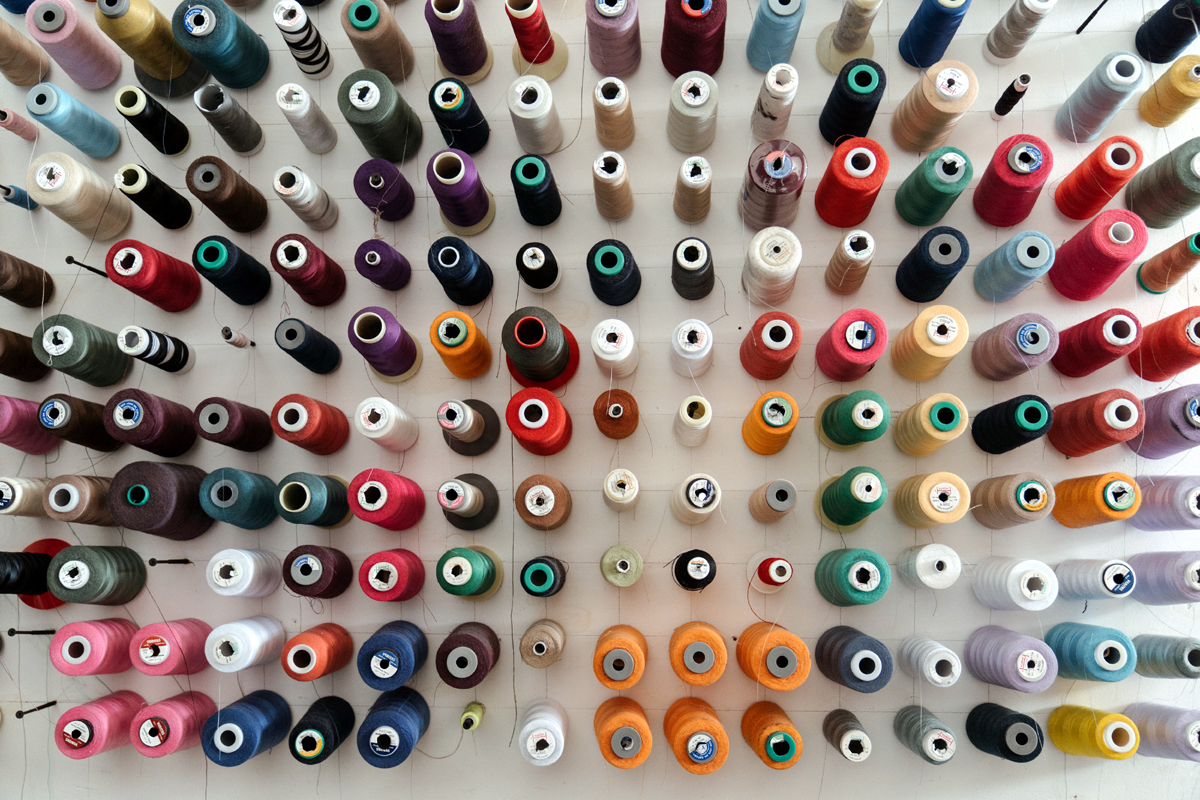Sewing threads hold everything together when you are sewing either by hand or machine. When buying the threads, one of the most important factors that you should consider is the quality of the thread. A good quality sewing thread has these features:
Good Tensile Strength:
This feature ensures that stitched seam is securely in place even after wash and wear.
Smooth Surface:
A smooth surface ensures that there is less friction between the needle and the material that you are sewing. If the thread isn’t smooth enough you should consider lubricating it in order to protect it from abrasion.
Uniform Diameter:
If you have tried sewing a thread with an uneven diameter you know how uncomfortable it is. For the thread to move smoothly and quickly through the eye of the needle and fabric you should ensure that it has a uniform diameter. The diameter of the thread also affects the tensile strength, twist construction, and thread’s resistance to abrasion. If the thread is uneven it can twist into short knots thus jamming the eye of the needle.
Good Elasticity:
Elasticity enables the thread to recover its original length after you have released the tension. Elasticity also affects the strength and the finished quality of the stitched seam.
Types of Sewing Threads
There are many types of threads that you can go for. They include:
Natural:
These are threads made from natural materials. The most commonly used threads are cotton threads. There are many types of cotton threads in the market that you can go for. They include: all-purpose, stranded, cotton perle, cotton a broder, flower and tatting threads. All you have to do is choose the one that is ideal for you.
Synthetic:
From their name, these are units that aren’t made from natural fibers. While they aren’t natural, the units have many great features such as: high tenacity, good resistance to chemicals, and high resistance to abrasion. Synthetic threads also aren’t affected by bacteria, rot, moisture, and insects.
Monofilament:
They are made from a single continuous fiber that has a specified thickness. While these units are strong, uniform, and inexpensive to make, they lack flexibility and are scratchy in feel. Due to this feature, it’s recommended that you use them in draperies, hems, and upholstered furniture.
Conclusion
This is what you need to know about sewing threads. Regardless of the units that you are interested in, ensure that you buy from a reputable store.
The Author:
Idd Aziz is a freelance writer and keenly interested in a variety of fields including health, history, travel, literature, film, technology, and sports.
Photo. Cottonbro
